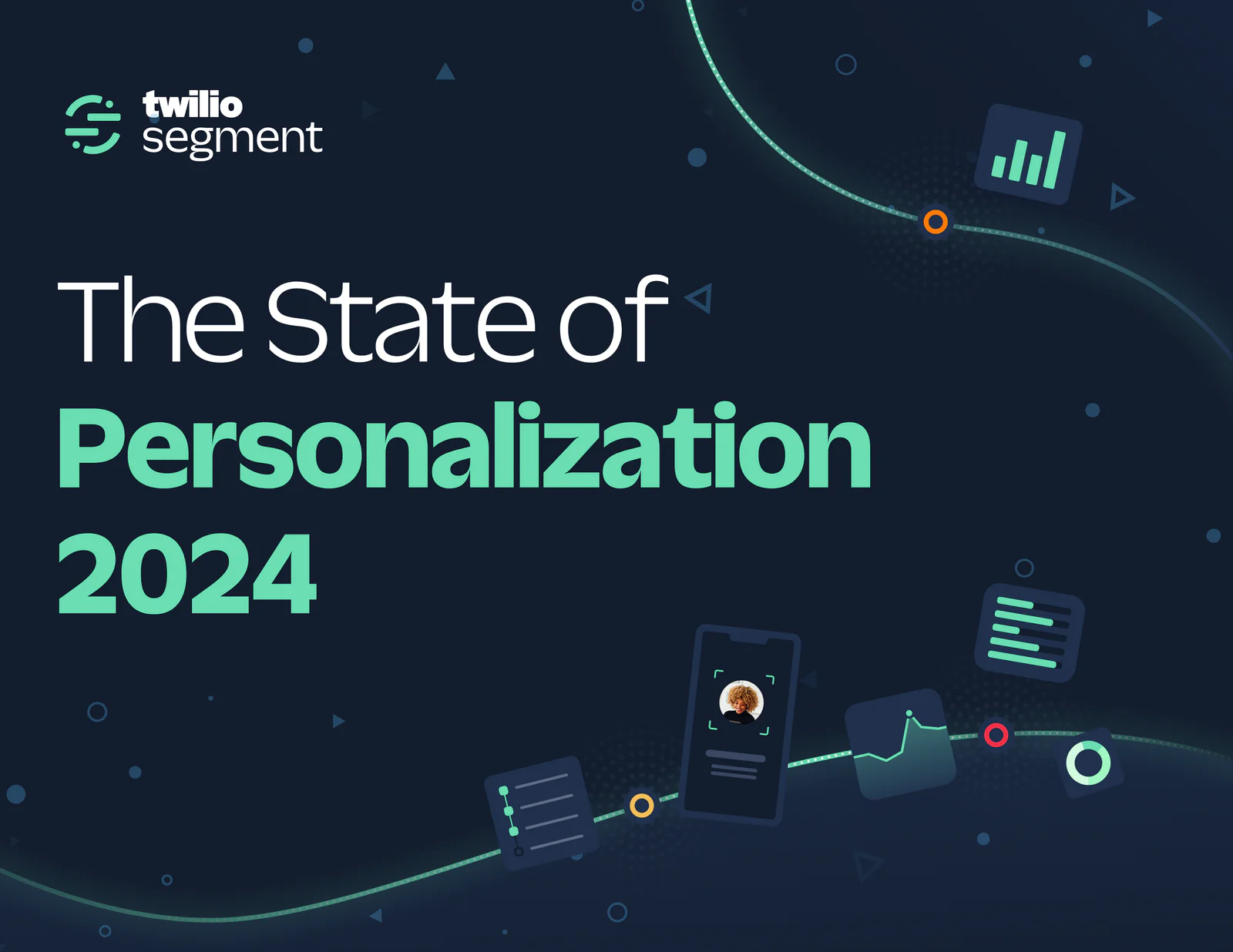Imagine if the teams building your customer experiences were constructing a high-speed train together.
One team lays down the tracks—your data teams, who engineer the structure, scale, and signal—while the other designs the passenger experience: your lifecycle marketers, eager to tailor every seat, meal, and announcement to the traveler.
The real question isn’t just how the train runs, but where the control systems live—and who’s empowered to guide the journey.
Should your automation logic live in the engine room (the CDP) or in the conductor’s cabin (the marketing tool)? What applications are needed to connect the whole system? And more importantly, where and when should you build automation in your marketing tools versus your CDP?
Not surprisingly, the answer is: it’s complicated.
CDPs, marketing automation tools, and ESPs (Email Service Providers) all have concepts of audiences and journeys. Your best tech stack may differ from a similar company, or even another one of your campaigns.
There’s no shortage of dogma when it comes to how these tools should work together, but at Twilio Segment we believe in one thing above all else: choose the right tool for the job.
How do you do that? Here are a few things to consider as you evaluate which parts of your tech stack are needed for any given campaign.
1. What data do you need for a campaign—and where is it?
Your campaign’s complexity and personalization depend heavily on the data you have at your disposal. Are you pulling multiple data sources together to target people and personalize your content?
For instance, campaigns that rely solely on profile-level attributes—like name, location, or past purchases—might be more straightforward to handle in a marketing automation tool.
However, if your campaign requires event-level data, relational warehouse data, or rich customer context that integrates behavior and profile attributes (e.g. a series of actions leading to a specific product interest), your CDP is likely the better choice.
In short, the more complicated your requirements, the more it pays to centralize logic earlier–upstream of your marketing automation platform.
2. What analytics need to show up where?
CDPs excel at pushing customer journey data to any destination—from in-house data warehouses to BI dashboards—making them an ideal fit for organizations that have invested in custom analytics stacks.
This flexibility means you can analyze campaign impact using your existing tools and metrics, rather than being locked into a single platform's reporting model.
On the other hand, if your primary need is campaign-level performance tracking—think open rates, click-through rates, or A/B test results—marketing automation tools often have more accessible, out-of-the-box dashboards that are purpose-built for those needs.
3. Do you plan on scaling? How quickly do you need to make changes?
If you're dealing with simple profile-based targeting, ad-hoc blast campaigns can often be built quickly in a marketing automation tool.
But scaling isn’t just about sending more messages—it’s about building systems that stand the test of time.
Evergreen campaigns, like onboarding flows or winback sequences, benefit from reusable logic that lives upstream. CDPs excel at this kind of structural thinking: creating composable triggers, rules, and audiences that can support dozens of campaigns with a single shared source of truth. CDPs were built for scalability, helping you manage large datasets and trigger personalized events in real time.
Marketing automation tools, by contrast, shine when you need to move fast—swapping out content, testing variants, and iterating on the fly. Think of them as your campaign workshop: nimble, creative, and closer to the action.
4. How fast do you need to react? And do you need profile data?
Some campaigns demand immediate action based on real-time triggers (e.g., sending a discount code when someone abandons their cart). CDPs, integrated with your data sources, can facilitate instant decisions and enable real-time personalization. If you require real-time, identity-resolution, and any form of enrichment, then CDPs are uniquely qualified to deliver this trigger to your marketing automation or channel delivery tools.
For simple, non-id-resolved triggers, marketing automation tools may add some latency but can still deliver fast responses for pre-defined workflows.
Conclusion
Ultimately, the choice of where to build campaign logic depends on the nature of the campaign, your team’s goals, and the maturity of your tech stack.
By considering your data needs, model maturity, analytics importance, scalability requirements, and response times, you can align your strategy with the right tools.
At Twilio Segment, we’ve seen how the most successful teams balance these factors to build personalized, impactful campaigns—and we’re here to help you do the same.
